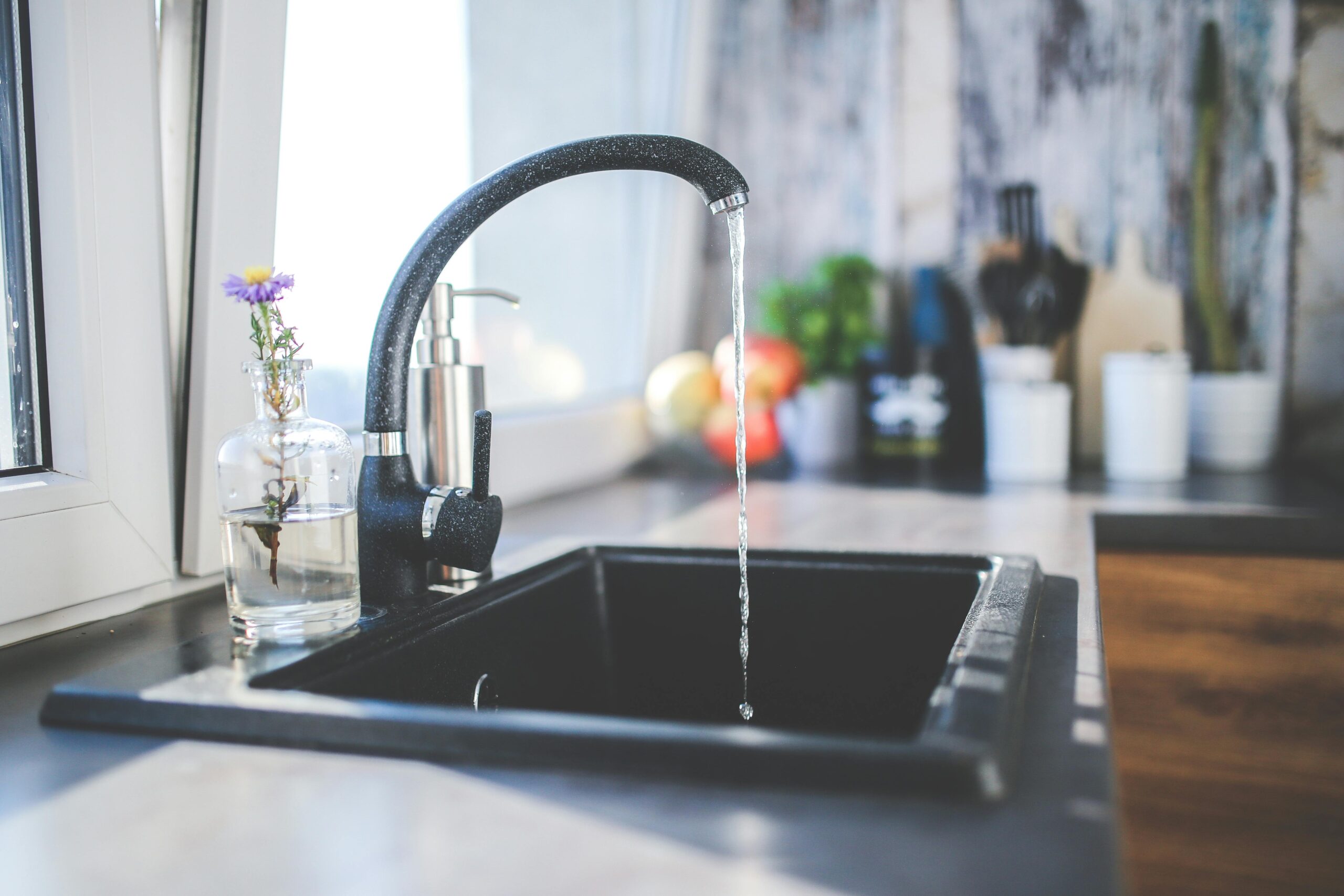Propelling towards the sky, high-rise buildings dot many city skylines worldwide. Although these architectural marvels are practical and efficient in urban life, they come with distinct water management challenges. This article aims to delve into these challenges and present solutions on managing high-rise water issues effectively.
The High-Rise Conundrum
Water is an essential utility in these multi-tiered structures; any water-related issue can impact hundreds of residents. To stay updated about high-rise water-management best practices, Follow this link.
It becomes imperative, then, to tackle water concerns proactively to prevent disruptions.
Water Pressure Matters
In a high-rise, maintaining correct water pressure is crucial to ensure smooth functioning. As the height increases, so does the pressure requirement. However, excessive pressure can result in pipe leaks. Therefore, installing balance valves and pressure reducing valves is recommended.
The Hot Water Quandary
Inadequate hot water supply is a frequent complaint among tall building populations. You may need a larger boiler or a more effective system to maintain consistent hot water flow.
Pipe Deterioration Issue
Metal pipes corrode over time due to constant exposure to oxygenated water leading to leaks or bursts. Timely maintenance checks and prompt repairs can mitigate this problem significantly.
The Drainage Challenge
Drainage systems in high-rises need special attention as blockages can lead to backups affecting multiple levels of the building. Regular inspections and pipe cleanings can prevent such issues.
Potential Water Contamination
Risks of cross-connection contamination can have severe health implications. Backflow preventers need to be installed and regularly checked for safe potable water.
Water Usage Management
Proactive water usage management via water meters on each floor can help monitor waste and save costs. Such measures also enable you to spot leaks early, minimizing potential damage.
Rooftop Tank Concerns
Many high-rise buildings employ rooftop tanks to maintain consistent pressure. However, these tanks may incubate harmful bacteria if not cleaned regularly.
Energy Efficiency Considerations
Incorporating energy efficient water and heating systems can reduce the carbon footprint of your building while saving money in the long run.
The Role of Plumbing Professionals
Professional plumbers play a crucial role in maintaining water systems, detecting issues early, and recommending solutions proactively. Regular check-ups by trained professionals are a wise investment.
The Importance of Audits
A comprehensive plumbing audit can detect faults in your system before they snowball into bigger problems that could cause significant disruption and financial damage.
Tenant Education is Vital
Tenant cooperation plays an equally crucial role in managing high-rise water issues. Regular communication about possible issues and guidance on preventive measures can be highly beneficial.
Incorporating Green Practices
Incorporating green practices such as rainwater harvesting or greywater recycling can reduce the strain on the municipal water supply while promoting sustainability.
Closing Thoughts on High-Rise Water Management
To effectively manage high-rise water issues, adopting a proactive stance towards potential problems, planning timely maintenance, and educating the residents are key. By doing so, you ensure a better quality of life for your tenants and enhance the longevity of your building. Remember, well-managed water systems in a high-rise are not just about addressing challenges but also about seeking opportunities to improve.

